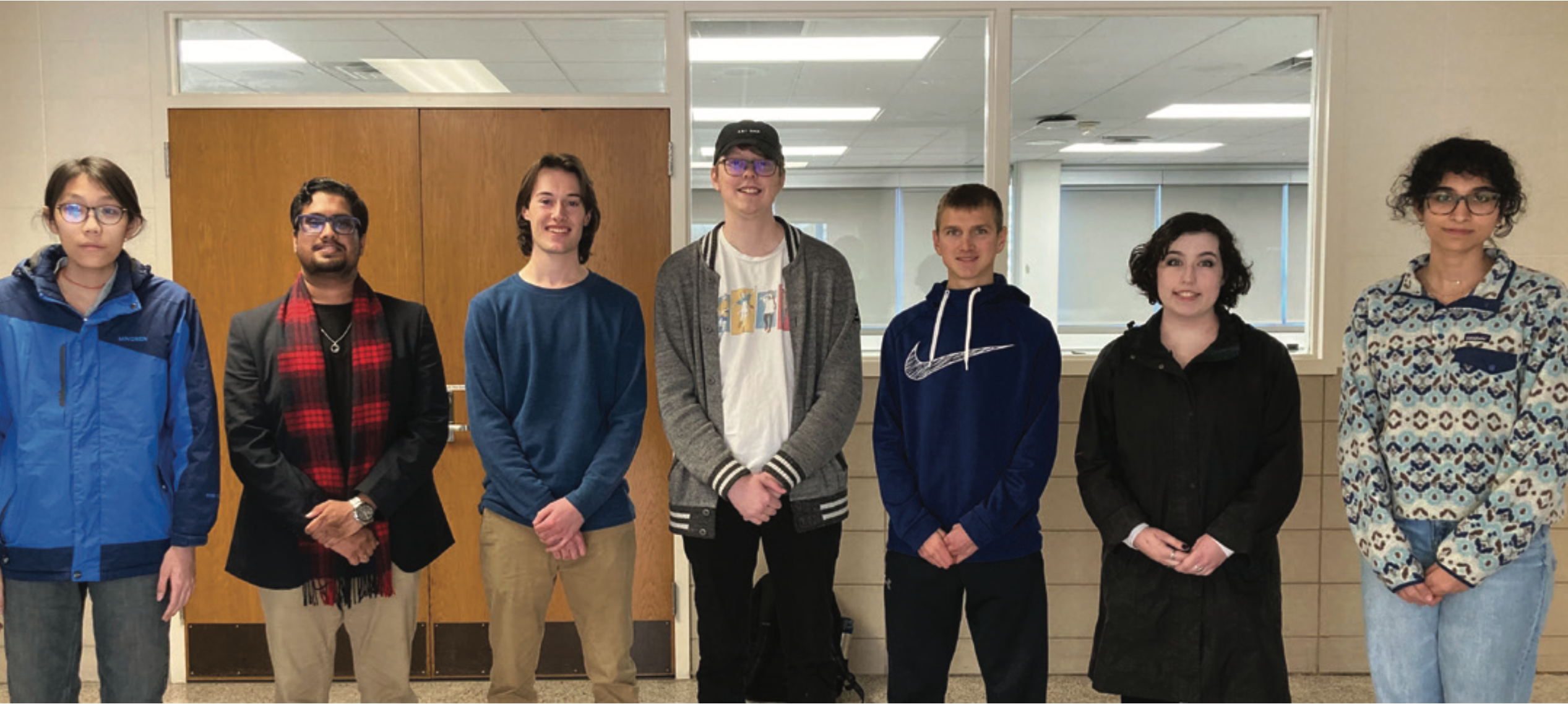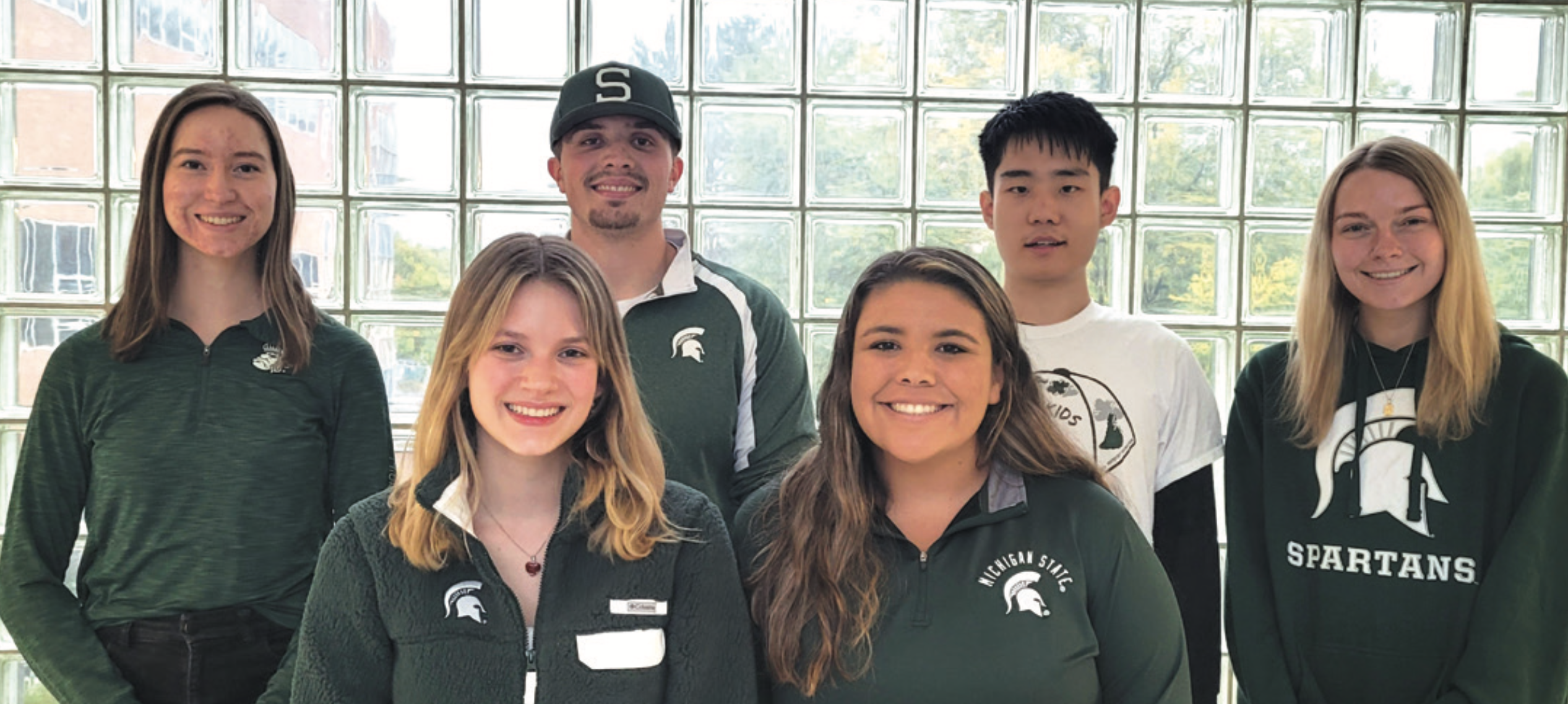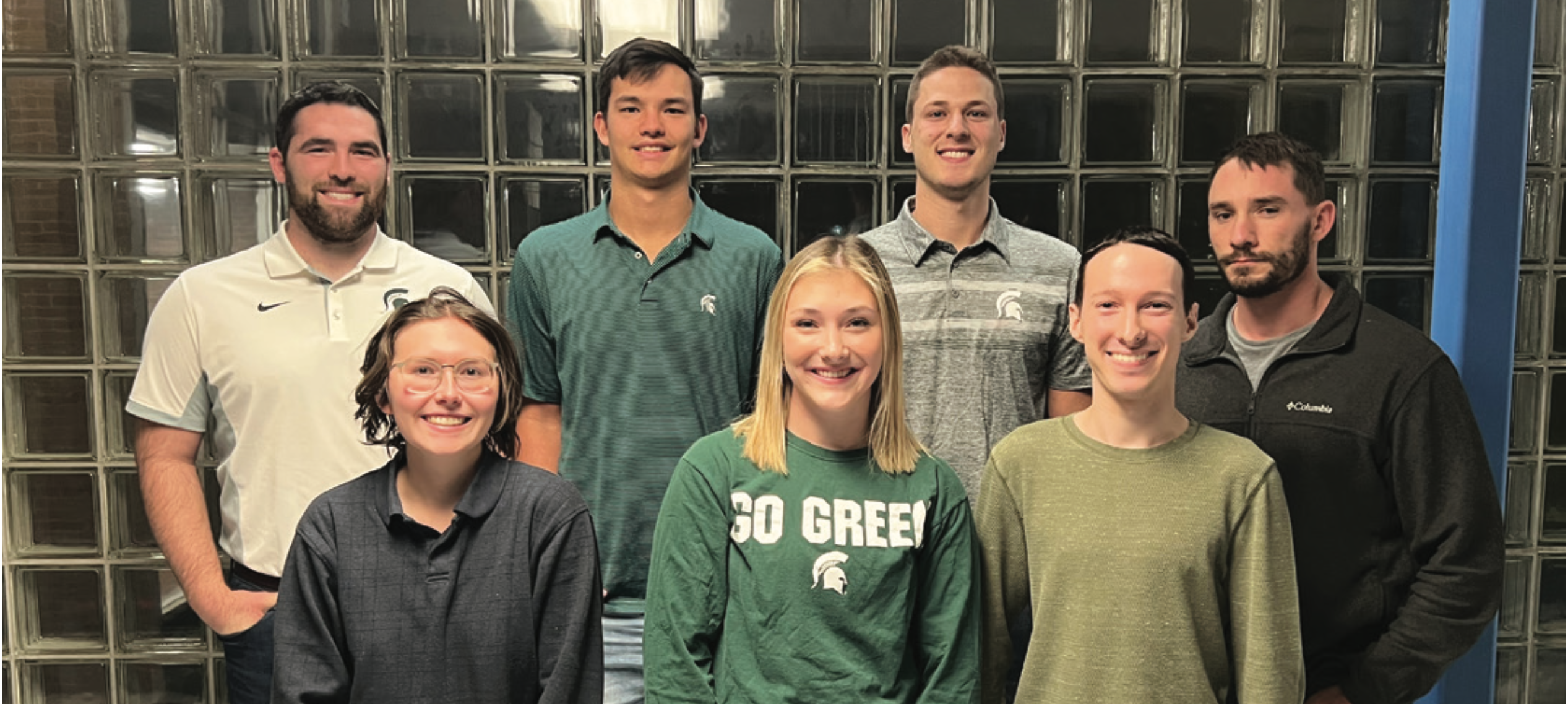
Undergraduates in civil and environmental engineering must take CE 495. This capstone course prepares students for the workplace by providing an experience with the following challenges:
- A project with multiple issues that must be resolved using civil and environmental engineering knowledge;
- Formulation of conceptual solutions and resolution of conflicting design elements;
- Development of plans that comply with regulations and provide a basis for cost estimates;
- Balancing individual responsibility and group participation in a team based effort;
- Preparation of written reports and oral presentations.
Each team is responsible for developing a design that addresses environmental, hydrological, pavement, structural, and transportation issues for the project. A student project manager coordinates each team. Design reports are judged by the faculty; progress reports and the oral presentations are judged by a board of practicing professionals.

Engineering and Digital Innovation Building
The anticipated location is in the central academic district, in proximity to the Engineering Building, near the STEM Teaching and Learning Facility. Proximity to the functions that occur in these existing buildings in the central academic district is critical to the collaborative nature of the teaching, learning and research. Site evaluation will account for infrastructure requirements. Planning will set the stage for future demolition of infrastructure such as the Urban Planning and Landscape Architecture Building, the decommissioned Water Reservoir, and adaptive reuse of release space for further thematic colocation in buildings including Engineering, thereby reducing capital renewal.
The building is envisioned to comprise two components. One would be dedicated to digital learning with active classrooms, teaching laboratories, student project studios, and e-sports. The other part would be dedicated to laboratories supporting experimental and computational research, core facilities, clean rooms, and flexible modular research units; and vibrant community spaces to support informal gathering and collaboration.
The new building will support an increase in enrollment of new undergraduate students in computational sciences and digital literacy disciplines and in graduate related programs; prepare MSU graduates with skills in computational sciences and digital literacy necessary for postgraduate success; and become MSU’s center for excellence in advanced manufacturing, materials science, ultrafast science, and quantum computing including heterogeneous micro-electronic technologies.
The project should emphasize implementation of green infrastructure. Green infrastructure refers to systems and practices that use or mimic natural processes to infiltrate, evapotranspire, or harvest stormwater at its source. The University is seeking proof-of-concept level designs that examine how green infrastructure could be integrated into the particular site to meet multiple environmental, educational, and economic objectives. The development must be consistent with MSU’s campus master plan.

The Teams
Key to Team Roles: E=Environmental, H=Hydrology, P=Pavements, PM=ProjectManager, S=Structures, T=Transportation
Team 1: White Pine Engineering Solutions

Team 2: I Lead Inc.

Team 3: Summit Consultants

Team 4: RIV Engineering

Team 5: C+E Engineering Group

Team 6: Spartan Engineers

Team 7: Spartan Engineering Services

Noah Brackenbury (H), Ryan MacVicar (P), William McCarthy (PM)
Professional Seminar Speakers
Michele Buckler, P.E.
Daimler Automotive Group
Ian Clutten, P.E.
Granger Construction
Brad Ewart, P.E.
Soil & Materials Engineers, Inc.
Megan Jacobs, P.E.
Soil & Materials Engineers, Inc.
Carissa McQuiston, P.E.
Michigan Department of Transportation
Leanne Panduren, P.E.
Rowe Professional Services
Dee Parker, P.E.
Michigan Department of Transportation
James Ranger, P.E.
Michigan Department of Transportation
Robert Rayl, P.E.
RS Engineering LLC
Alex Sherman
Nicholson Construction
Miranda Spare, P.E.
Michigan Department of Transportation
Roy Townsend, P.E.
Washtenaw County Parks and Recreation
Steve Warren, P.E.
OHM Advisors
Professional Evaluators
Engineers and scientists associated with the following firms, municipalities, and companies donated time to provide students with a practicing professional’s perspective. We gratefully acknowledge their generous contributions.
Sam Baushke, P.E.
Geosyntec
Dani Booms, P.E.
HTNB
Dan Christian, P.E.
Tetra Tech MPS
Jim Corsiglia, P.E., S.E.
Harley Ellis Devereaux
Megan Crawford, P.E.
Harley Ellis Devereaux
Brian Davies, P.E.
Hubbell, Roth & Clark
Tyler Dawson, Ph.D., P.E.
NTH Consultants
Max Drenth
Harley Ellis Devereaux
Mike Ellis, P.E.
Barr Engineering Co.
Jayson Graves, P.E.
Soil & Materials Engineers, Inc.
David Hayden
DLZ
Susan Hill, Ph.D.
Michigan State University
Peter Margules, P.E.
NTH Consultants
Cole Moody, P.E.
HTNB
Jon O’Brock, P.E.
Materials Testing Consultants
Sarah Ross, P.E.
Practical Engineers, Inc.
Brandon Simon, P.E.
Progressive AE
Steven Sorensen, P.E.
PEA Group
Stephen Subu
Consumers Energy
Michael Thelen, P.E.
Consumers Energy
